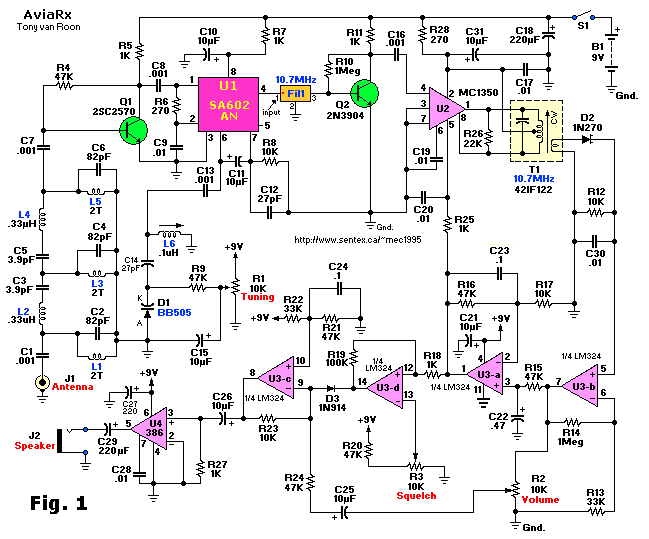Hi all,
I want to develop a new metal detecor. Is there someone here will join me for develoing ?
I want to develop a new metal detecor. Is there someone here will join me for develoing ?

 of block diagram. Let we start with discussion on block diagram.
of block diagram. Let we start with discussion on block diagram.

 can try it but very poor result http://electronic-schematic.blogspot...z-am-dual.html
can try it but very poor result http://electronic-schematic.blogspot...z-am-dual.html

Comment